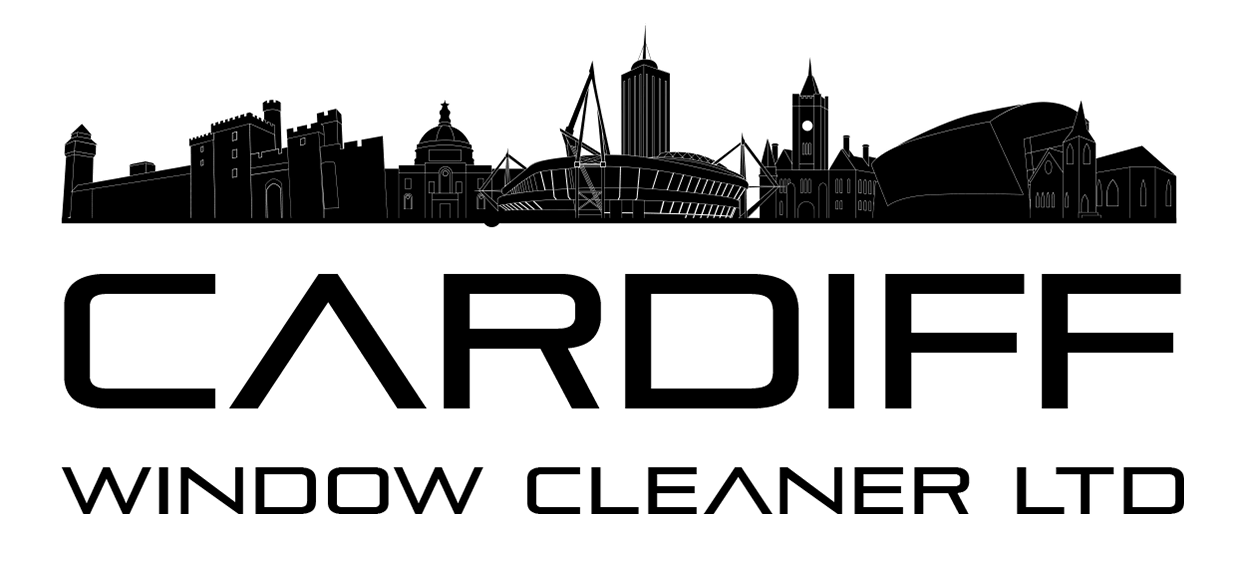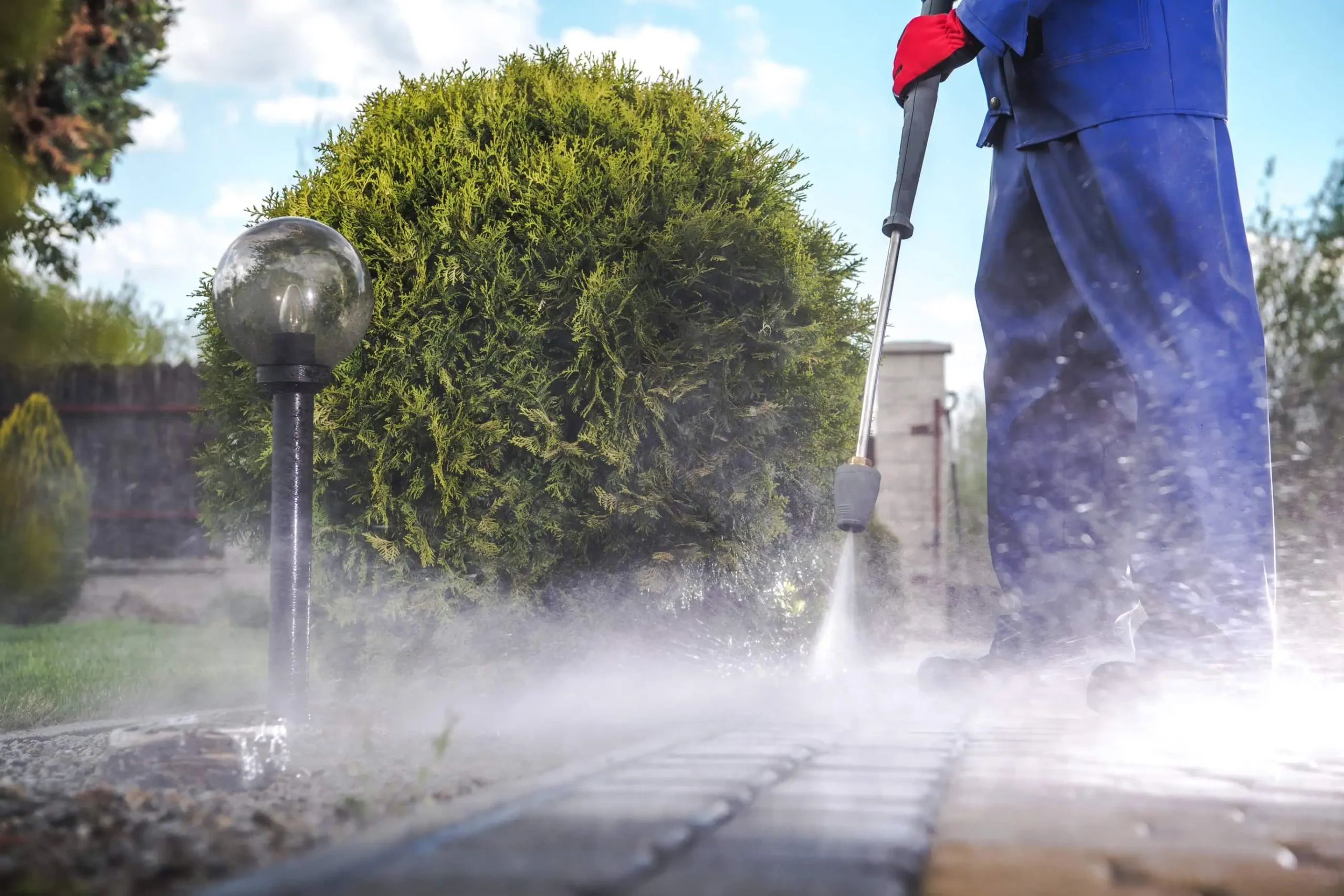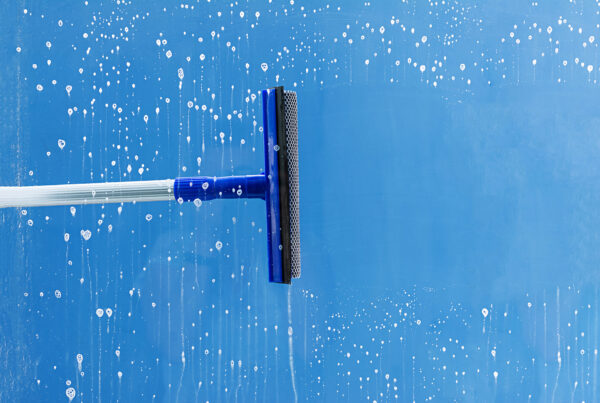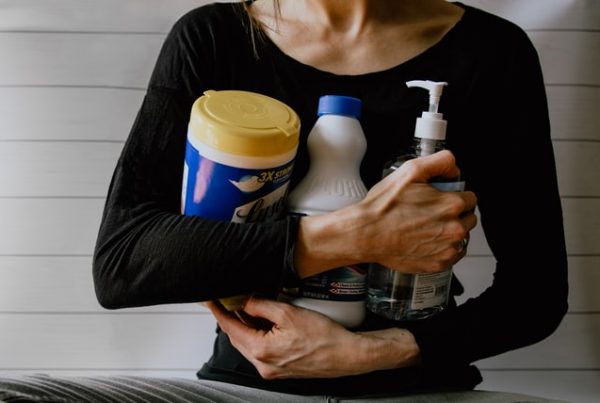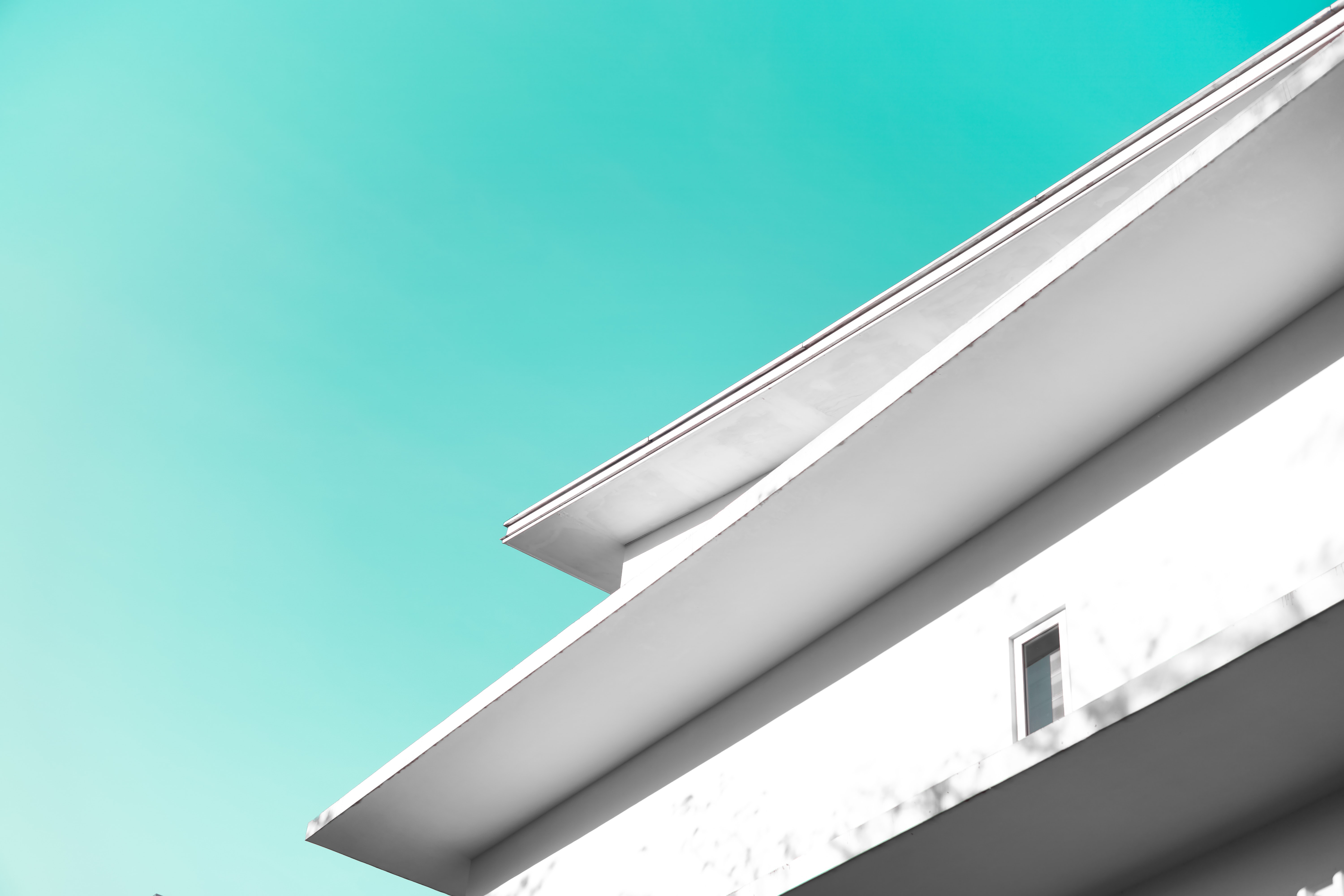Your home’s exterior isn’t just a backdrop — it’s the first impression, the face it shows to the world. Over time, that face collects grime, algae, mildew, and pollutants. Whether you’re prepping for a summer garden party or trying to avoid costly long-term repairs, exterior cleaning is non-negotiable.
Two methods dominate the market: soft washing and pressure washing. But what’s the real difference — and why does it matter?
Let’s dive into the pros, cons, and surprising truths behind these techniques, so you don’t just clean your home — you protect it.
What Is Pressure Washing?
Think of pressure washing as the powerlifting cousin in the cleaning world. It relies on brute force, blasting surfaces with water at up to 3,000 PSI — enough to cut through dirt, paint, and even some softer materials if you’re not careful.
It’s ideal for:
- Concrete driveways
- Brick walls
- Stone patios
- Decks in tough shape
But here’s the catch: that same force can etch wood, strip paint, or shove water into cracks, leading to future rot or leaks. If your surface can’t stand up to the pressure, it’s like using a sledgehammer to kill a fly.
Pressure washing requires certain skills to prevent damage to any given surface as it may strip off the material or in some case crack a surface. Our top tips for DIY pressure washing are:
- Keep appropriate distance from objects depending on the materials they are made from and the density
- Read the manual to your pressure washer before starting cleaning
- Choose the correct pressure for each object
- Choose the correct nozzle extension
- Test your pressure settings and its effectiveness in an unnoticeable area first or an area/part that you can easily be replaced afterwards if ruined
- Use chemicals with caution as they may kill your plants and can be carcinogenic
- Keep your pets and fingers away from the nozzle
What Is Soft Washing?
If pressure washing is brute strength, soft washing is brainpower. It uses a mix of biodegradable chemicals applied at low pressure (under 500 PSI) to break down mould, algae, and grime at the molecular level.
It’s not just a surface-level clean — it’s a deep detox for your home.
Perfect for:
- Roof tiles and shingles
- Painted facades
- Weathered wood
- Cladding, stucco, or vinyl siding
Compare softwashing to how you would clean your dishes. In order to leave your dishes clean you would need to use a detergent to scrub and disturb the dirt which would cut through the grime and break down any deposits of grease. If you were to use just water, you wouldn’t quickly and effectively remove any grease and food deposits.
The magic is in the dwell time. Let the solution soak in, do the work, and then rinse. No blasting required.
Pro Insight: Soft washing isn’t just safer — it’s longer-lasting. It kills organisms at the root, whereas pressure washing just knocks off the visible growth (like mowing a weed without pulling it out).
Soft washing should be used on surfaces that are difficult to clean and that can be damaged during normal pressure washing. Roof soft washing is one of the most demanded services in the cleaning industry. Although soft washing is most commonly used for roof cleaning, the method is also used to clean cladding, wooden panelling, K-rend, render, block paved driveways, decking, tarmac, play grounds, fences and patios. Almost all exterior surfaces can effectively be cleaned by this method.
Soft Wash vs Pressure Wash: The Core Differences
| Feature | Pressure Washing | Soft Washing |
|---|---|---|
| Pressure | 1,300–3,000+ PSI | Under 500 PSI |
| Cleans via | Mechanical force | Chemical solution |
| Best for | Hard surfaces | Delicate or porous surfaces |
| Targets | Dirt, paint, rust | Organic growth (algae, mould) |
| Lasts | Short term | Longer-lasting clean |
| Risk | Surface damage | Chemical handling |
All in all, consider the following factors when choosing what type of cleaning to pick:
Pressure washing
- Can be done professionally or DIY
- Can be used only on tough surfaces, as even wood can be damaged
- Requires skill to ensure surface isn’t stripped
- Can be used without chemicals.
- If used with chemicals, they can be dangerous to plants
- Safest when used at ground level
- Best when surface is heavily soiled. Softwashing recommended after.
Soft washing
- You need a professional to carry out the cleaning
- Suitable for most surfaces
- Uses less water
- Little or no noise pollution
- Kills growth and spores left by pressure washing
- Doesn’t damage surface being cleaned.
- Used with biodegradable chemicals.
- Longer lasting results.
- Areas for cleaning can be located high up so no access issues.
When to Use Each Method (And When to Mix Them)
There’s a myth that you have to choose one or the other — but in reality, many pros combine the two. For example:
Step 1: Soft wash to kill moss and algae
Step 2: Pressure wash to lift and remove the debris
Result: Deep clean that lasts without damaging the surface
Rule of Thumb:
- Soft wash for anything you’d be nervous about painting or sanding
- Pressure wash for anything you’d confidently tap with a hammer
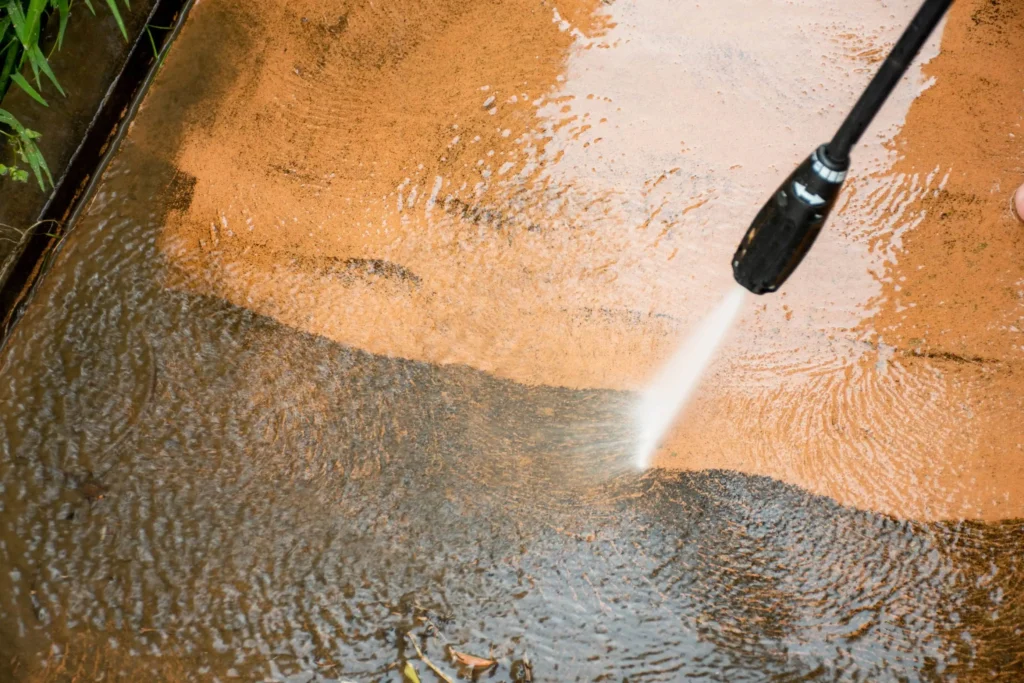
DIY vs Hiring a Pro
Sure, you can rent a pressure washer from the hardware store, but should you?
DIY Pitfalls:
- Uneven pressure causes streaks — or worse, damage
- Chemicals misapplied can stain, kill plants, or harm pets
- No insurance if something goes wrong
Pro Advantages:
- Surface-by-surface diagnosis
- Specialised equipment and eco-safe solutions
- Liability insurance and workmanship guarantees
Contact our team for a free, no-obligation assessment. We’ll help you choose the safest, most effective method for your property — whether it’s soft wash, pressure wash, or a combination of both.
Common Myths (Busted)
❌ Myth: “Pressure washing gets everything off”
Reality: It gets the visible gunk, but not the root cause of mould or mildew. Expect it back in weeks.
❌ Myth: “Soft washing is just spraying with soap”
Reality: It’s a calculated chemical process, often using surfactants and algaecides tailored for the job.
❌ Myth: “All cleaners use the same method”
Reality: The best professionals tailor their approach per surface, weather, and contamination type.
Soft Wash vs Pressure Wash: Which Method Should You Choose?
Ask yourself:
- Is the surface delicate or historic? Go soft.
- Is it brick, stone, or concrete? Pressure might be fine.
- Is it covered in green slime or black streaks? Soft wash for the win.
- Just want it to look good for the weekend BBQ? Pressure wash could be enough.
If in doubt, get a professional assessment. Many surfaces look tougher than they are, and one wrong move with high pressure or harsh chemicals can do more harm than good.
